Our Services
Tree Trimming
We see trimming as an art and a science. We feel that we not only have the knowledge but the eye to make your tree look and be at its best. Every tree is looked at and assessed individually. Some reasons your tree may need to be trimmed could be to initiate new growth, maintain health, structurally shape and improve aesthetics. When we trim trees we do not use spikes in the tree. Spikes are only used when the tree is being removed. Most of our trimming is done using the DBRT (double rope technique) or SRT (Single Rope Technique). Below is a general guideline as to when is the best time to trim the various species of trees we have in Arizona. However, this is just a general recommendation and doesn’t always apply as every tree and situation is unique.
Removal & Stump Grinding
We do all types of tree removals from simple to technical removals that may even require additional equipment such as cranes. No job is too big or too small. Removals are done for many reasons the tree being diseased, damaged, or poorly located on a property are just a few. However, on all job sites, we do follow industry standards for safety and rigging utilizing the most current equipment and techniques. We follow ANSI A300 standards for removals and ANSI Z133 for safety. These standards are followed and in place to not only ensure the safety of our employees but your property as well. We do have the proper equipment available to be able to grind or remove a stump up to 12” below grade turning the stump into mulch. Prior to any stump grinding the area is inspected for irrigation, low voltage, or any present utilities.
Healthcare & Fertilization:
Fertilization is recommended and done when nutrients are lacking for the sustainability of the tree. All varieties of trees can benefit from fertilizing to prolong their aesthetic beauty. We will guide you on proper fertilization along with timing so your tree can get the most benefits from it.
Consultation
If you are needing diagnostics or an assessment of your tree in regard to health we offer consultations with our certified arborists. We will send out one of our certified arborists to do an assessment of your tree. There are multiple variables that may be affecting your tree that they will look at. Soil samples, testing, and foliar analysis may need to be done by a third party. We strongly feel that all aspects of the tree should be looked at before recommending or beginning any plant therapy this way we can treat it properly from the start. There is a fee associated with our consultations, please contact the office directly for more details.
Deciduous (Elm, Ash, ect): Dormant November-February
Pine: November-February
Citrus: Between fruiting and blooming
Desert (Mesquite, Palo Verde, etc): Year-round
Ficus: February-May





